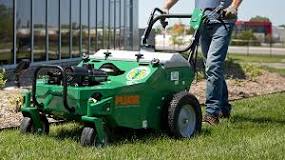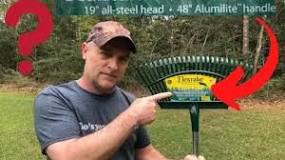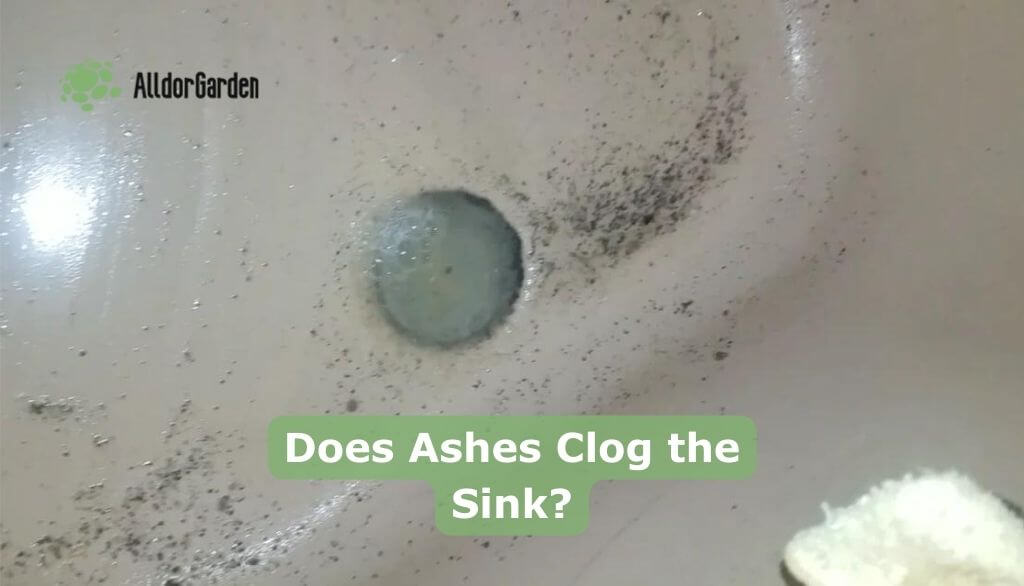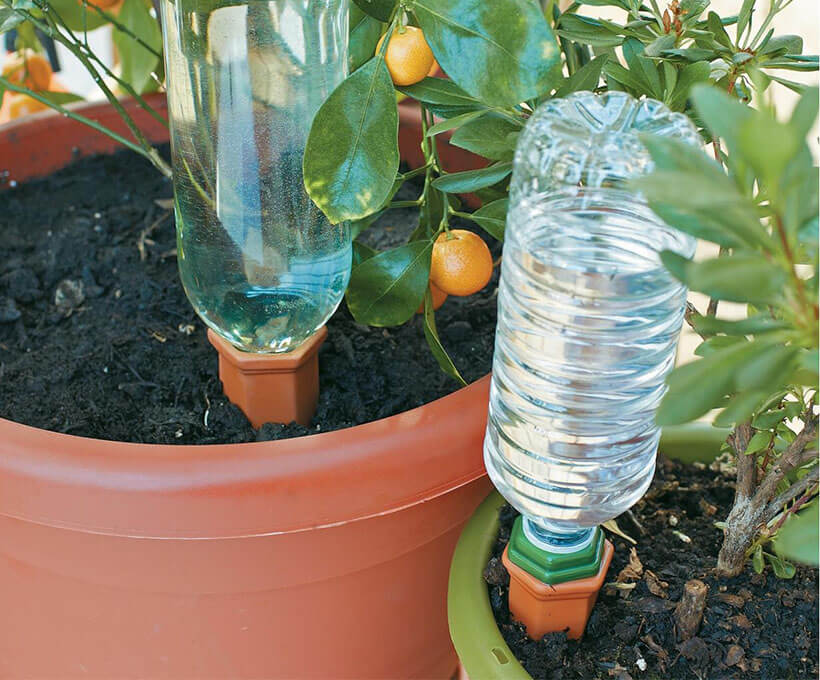Absolutely! Topsoil can be used for grading, but there are some important things to consider before diving in. Grading is all about shaping the land to ensure proper drainage and a smooth surface, and while topsoil has its perks, it might not always be the best choice for every project.
What is Topsoil?
Topsoil is the uppermost layer of soil, rich in organic matter and nutrients. It’s where most plants thrive. Because of its fertility, many people think it’s perfect for grading, but it has its limitations.
Pros of Using Topsoil for Grading
- Nutrient-Rich: If you’re grading an area where you plan to plant, using topsoil can give your plants a great start.
- Good for Drainage: Topsoil can help with water absorption, reducing runoff and pooling.
- Natural Look: It blends well with the surrounding landscape, making it visually appealing.
Cons of Using Topsoil for Grading
- Erosion Risk: Topsoil is lighter and can wash away easily, especially if it’s not compacted properly.
- Not Ideal for Heavy Loads: If you’re grading an area that will bear heavy structures or vehicles, topsoil might not hold up as well as other materials like gravel or clay.
- Cost: Depending on where you get it, topsoil can be pricier than other grading materials.
When Should You Use Topsoil?
Using topsoil makes sense when you’re working on landscaping projects or garden beds. If you’re just leveling out a space for a shed or driveway, though, you might want to think twice and consider heavier materials that provide better stability.
Conclusion
In summary, while topsoil can be used for grading, it’s not always the go-to option. It works wonders in certain situations—especially in gardens—but keep in mind its limitations. Always assess your specific needs before making a decision!
FAQ
Can I use topsoil for grading a driveway?
Using topsoil for a driveway isn’t ideal. It’s too soft and won’t support heavy loads well. Instead, consider using crushed stone or gravel for better stability.
How do I prevent erosion when using topsoil?
To prevent erosion, make sure to compact the topsoil properly and consider planting grass or ground cover to hold the soil in place. Adding mulch can also help reduce runoff.
Is there a difference between topsoil and fill dirt?
Yes! Topsoil is nutrient-rich and ideal for planting, while fill dirt is more about volume and stability. Fill dirt usually lacks organic matter and is used primarily to fill holes or level areas.
How much topsoil do I need for grading?
The amount of topsoil you’ll need depends on the area you’re grading and how deep you want to apply it. A good rule of thumb is to calculate the square footage of the area and decide on a depth that suits your project—typically 2-4 inches should do for most landscaping needs.







